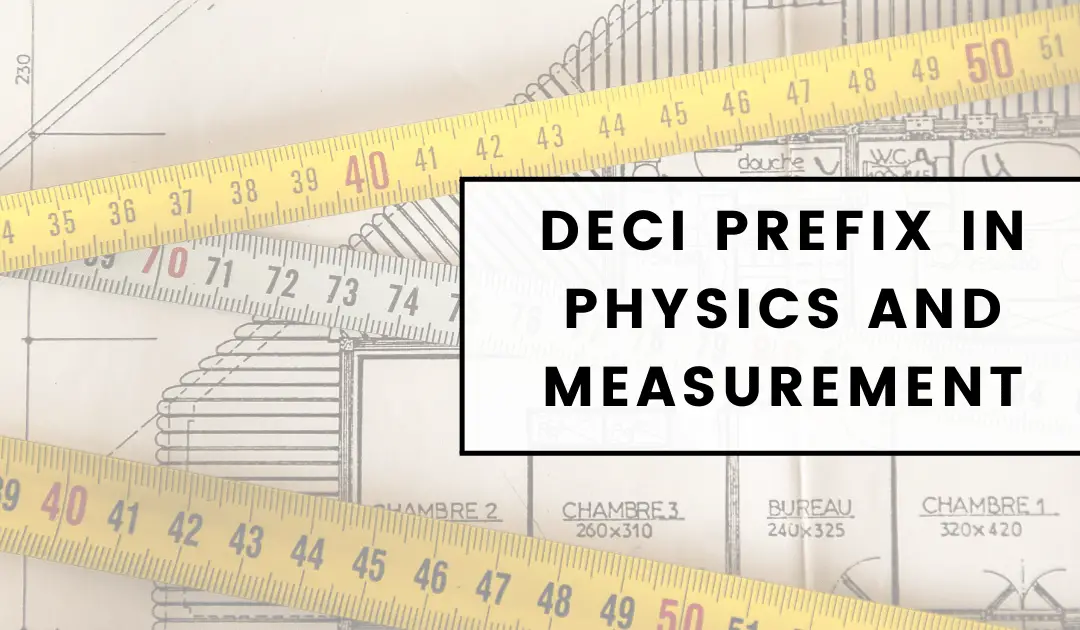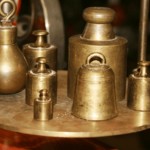In this article, we will learn how base units and derived units are related to each other. Before going any further, let us learn what base units and derived units are. Understanding how these units work together is essential for studying physics further and this also helps in solving problems.
What are base units?
Base units, within the International System of Units (SI), are the units used to measure seven fundamental quantities: mass, length, time, electric charge, temperature, amount of substance, and luminous intensity.
Points to remember about base units
- They are the foundation of a measurement system.
- Each base unit describes a unique fundamental quantity (e.g., length, time, mass).
- Their definitions don’t rely on any other units, only on agreed-upon standards.
What are derived units?
Derived units, on the other hand, are expressed in terms of products of powers of the base units. They are used to express more complex or derived physical quantities. For example, the unit for force is the newton (N), which is composed of the base units for mass (kg), length (m), and time (s) expressed as kg⋅m/s².
Points to remember about derived units
- These units represent combinations of base units.
- They are created through mathematical operations like multiplication, division, and exponents.
- They measure more complex quantities (e.g., speed, force, energy).
How are the base unit and derived units related?
Let us now learn about the relationship between base units and derived units.
Base units and derived units are related in the sense that derived units are created by combining base units.
Here base units acts as building blocks of a measurement system. On the other hand derived unites are created by combining these building blocks (base units) to express more complex physical quantity. For example, unit of speed $m/s$ is a derived unit because it is expressed by combining two base units namely unit of distance (meters) and unit of time (seconds).
Let us now look ate two examples that shows how base units and derived units are related to each other:
(1) Area:
- Base Units: Length (meters, m)
- Derived Unit: Square meters (m²)
- Relationship: Area is calculated by multiplying length by length (e.g., the area of a rectangle is found by multiplying its length and width).
(2) Density:
- Base Units: Mass (kilograms, kg), length (meters, m)
- Derived Unit: Kilograms per cubic meter (kg/m³)
- Relationship: Density describes the amount of mass packed into a given volume (which is length cubed).

Practice Questions
If you have understood the concept then try solving these problems to check your understanding in the concept.
- The unit for speed is meters per second (m/s). Identify the base units involved and explain how they relate to the concept of speed.
- The unit for force is the Newton (N), which is equivalent to kg·m/s². Break down this derived unit into its base units and explain their connection to the concept of force.
- Volume is measured in cubic meters (m³). Explain how this derived unit relates to the base unit for length.
- Density has the derived unit of kilograms per cubic meter (kg/m³). Explain the relationship between the base units involved.
- The unit for energy is the Joule (J), which is equivalent to kg·m²/s². Identify all the base units within this derived unit.
Related Articles






